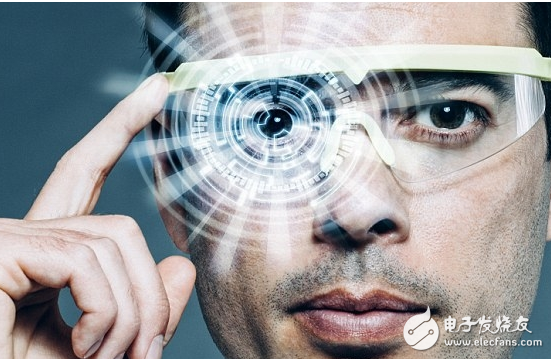Eye tracking technology has been developed since the beginning of medical research and development. After decades of long-term technical accumulation, it has gradually warmed up and entered the stage of commercial application. It has been used in different devices such as computers, mobile phones, VR heads and even automobiles. As an industry closely related to visual images, eye tracking will become another key technology affecting the development of the VR industry.
In October and December 2016, Google and Oculus acquired Eyefluence and The Eye Tribe, respectively, which are located in Silicon Valley and Denmark. At 2017 CES, the old eyeball tracking manufacturers Germany SMI, Sweden Tobii Group and domestic companies Qixin Yiwei, Japan's start-up FOVE respectively launched a VR kit or VR head display with eye tracking technology, Qualcomm, NVIDIA, Lumus, StarVR, etc. The technology is integrated in the head display, and giants such as Samsung and Microsoft have successively applied for patents related to VR/AR eye tracking technology... Eye tracking technology is quietly rooted in the VR industry.
Although the current level of technology development is far from the direct use of eye control, the gaze-point rendering technology derived from eye tracking is extremely important for the current miniaturization and civilianization of VR/AR – in simple terms, It can optimize image rendering and reduce the CPU computing load by 30%~70%, which makes the ordinary computer can obtain the VR image effect that can be rendered by the ultra-high configuration computer. It plays an important role in promoting the civilian and low-priced VR/AR hardware.

Eye tracking technology has been developed since medical research and development, and is intended to help patients who cannot perform keyboard operations by hand to operate the computer with their eyes. The old eyeball tracking manufacturers Germany SMI and the Swedish Tobii Group started from medical research and development, and the domestic eye tracking company Qixin Yiwei's frozen human eye control input system is also an important part of its business.
Although there are many eye tracking companies on the market, the current technical principles are not much different. There are three main types of common principles: 1. Actively projecting infrared rays and other beams to the iris to extract features; 2. Tracking according to changes in the characteristics of the eyeball and the periphery of the eyeball; 3. Tracking according to changes in the angle of the iris.
This technology allows the user to use the eye to control the input, but because the human eye's visual trajectory is more leaping and the eyes are scattered, it is not as accurate as the keyboard and mouse input. However, the gaze point rendering technique derived from eye tracking is of great significance to VR.
The human eye is selectively focused when viewing the world, that is, the center of focus of the eye is clear, and the other places are gradually blurred. The existing VR technology is clearly rendered globally, and the computer will clearly render all the scenes for the user to watch. In the process, a large part of the clear images are wasted. Such global rendering puts a lot of pressure on computer computing. Users need to have extremely high performance graphics cards to get a good VR system.
The gaze point rendering technology allows the system to clearly render the image of the center of focus of the eye, while the image of the gaze point is blurred layer by layer, which reduces the load on the graphics card and the CPU, saves computing resources, and makes the computer or integrated machine in the middle and low configuration. Can get high image matching hardware to render.
In addition, this technology can also be applied in data collection - such as lie detection in psychology, product design in marketing, feedback on advertising effects, etc. - to feedback the focus of the user's attention in the form of heat map, optimize the key areas.
UL certificated Electric Wire protection nylon/pet braided expandable sleeving
Structure of Electrical Cord Sleeves Braided Wire Harness
UL Flame retardant PET expandable sleeve is braided by environment-friendly polyester monofil. (PET,PA6,PA66,PPS), It possesses good flexibility, fire resistance, abrasive resistance and thermal insulation performance. The sleeving owns smooth surface, bright color, various patterns.
Features of Electrical Cord Sleeves Braided Wire Harness
Low cost
Prevent tangled rods
Easy push on -push off installation
impervious to mold or mildew
Breathable& will not retain water
lightweight, expandable and flexible
High abrasion resistance
UV resistance
Available for casting and spinning rod
Usage of Electrical Cord Sleeves Braided Wire Harness
Expandable sleeving is widely used in bounding and protecting of electrical cables, automobile and aviation sectors.
The selection of this product refers to following four parameters.
A- yarn number (one or three);
B- Diameter of single yarn(0.25mm or 0.20mm)
C- Strand number (48 spindles braiding machine or 72 spindles braiding machine) or customizied.
D- flat width(6mm or 18mm),or customized.
Electrical Cable Protection Sleeve ,Fire Retardant Cable Sleeve,Cable Reel,Power Cord Braided Sleeved
Shenzhen Huiyunhai Tech.Co.,Ltd , https://www.hyhbraidedsleeve.com